Best PC Power Supplies: Holiday 2022
by E. Fylladitakis on November 29, 2022 9:00 AM EST- Posted in
- PSUs
- Guides
- Corsair
- Seasonic
- EVGA
- Cases/Cooling/PSUs
- Cooler Master
- SFX
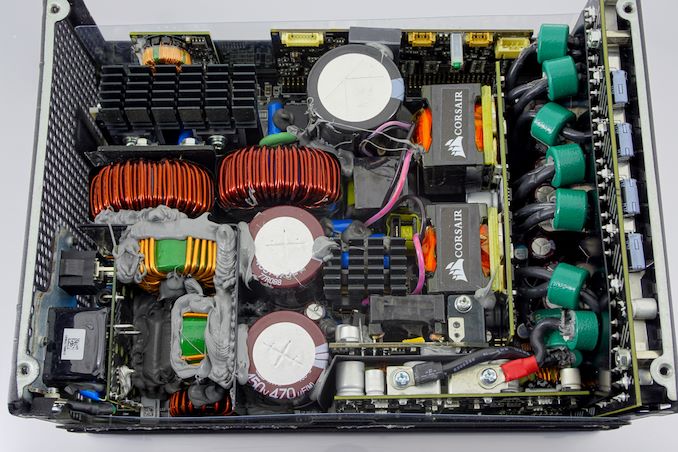
In our series of holiday buyer's guides, here's the latest update to our recommended power supplies list. All numbers in the text are updated to reflect pricing at the time of writing.
Best PC Power Supplies: Holiday 2022
Now that you've picked out your CPU, it's time to start picking out the rest of your system components. And perhaps the most humble but overlooked of these components is the power supply unit (PSU). Available in a wide range of sizes and power capacities, there are a number of great PSUs out there, but choosing between them can be a challenge. So today we're bringing you our annual PC power supply guide, to help you sort figure out what the best options are, be it a low-wattage unit for a small form factor PC, or a hulking kilowatt unit for the most powerful PC.
| AnandTech PC Power Supply Recommendations: 2022 (Prices are Nov-29 or MSRP) |
||||||
| Output Range | Value Option | Performance Option | ||||
| ATX | ||||||
| Up to 450 Watts | Cooler Master MWE 450 - V2 |
$29 | SilverStone ST45SF-G | $105 | ||
| 500-600 Watts | Enermax MarbleBron 550W | $43 | be quiet! Straight Power 11 550W Platinum |
$120 | ||
| 650-800 Watts | Super Flower Legion GX Gold PRO 650W | $63 | Seasonic FOCUS PX-750 | $155 | ||
| 850-950 Watts | Cooler Master MWE Gold 850 V2 | $126 | Super Flower Leadex Titanium 850W | $170 | ||
| 1000+ Watts | CORSAIR RM1000e | $180 | Be quiet! Dark Power Pro 12 1500W | $450 | ||
| SFX | ||||||
| Up to 450 Watts | EVGA SuperNOVA 450 GM | $90 | Corsair SF450 Platinum | $125 | ||
| 500+ Watts | LIAN LI SP 750 | $130 | SilverStone SX1000 | $293 | ||
When shopping for a PSU, it is very important to be aware of your system’s power consumption and to consider any planned upgrades. All current computer PSUs are designed to deliver optimal performance at (or almost at) half load. Conversely, however, it is a common misconception that a more powerful PSU will be a better choice, as the power quality and efficiency of all modern PSUs dwindle at very low loads. This is especially true at the low-end of the loading curve, usually below 15% of the unit's rated capacity, where efficiency outright plummets. In fact, only the 80Plus Titanium guidelines dictate a low-load standard, and that's an efficiency requirement of 90% at a 10% load. Therefore, the choice of a too powerful PSU will result in poorer performance, which can be significantly worse than what a properly-sized product at a fraction of the price would deliver.
Overall, we've split our recommendations into five main wattage categories with at least two units for each. One selection will be based on the maximum possible value (e.g. bang for the buck) and one will focus on the best overall performance.
The market for power supplies has been a bit stale over the past few years, as manufacturers were struggling to meaningfully improve their designs without driving up their costs. However, the interest on power supplies has been rekindled by the announcement of the ATX 3.0 standard, which brought significant changes – as well as marketing opportunities. Although there are very few ATX 3.0 compliant products currently available, the interest for those is significant, as most enthusiasts and power users are seeing them as future-proof solutions for their next hardware upgrade. Still, the vast number of mainstream users need not worry about finding an ATX 3.0 power supply just yet.
Ultimately, in the last year there have been very few low-output product releases, and only a couple of manufacturers have released new top-tier platforms, essentially monopolizing the high-end market. The following paragraphs expand on the proper selection of a PSU and details on why these units are our recommendations.
How much power do I really need?
Overall, the best way to select a PSU is based on both objective (e.g. wattage, performance) and subjective (e.g. design, modular cables) parameters. This admittedly requires every builder to be capable of making at least an educated guess about the system's power requirements. However, this is where our guide and advice come in.
Perhaps the biggest mistake that many users make in selecting PSUs is overrating the power requirements of their systems. It is not uncommon for people – even store salespersons and experienced builders – to recommend a 1kW unit to a user with just one mid-to-high-range video card. A system with a single mainstream CPU and a matching video card rarely require more than 550 Watts. A modern AMD Ryzen-based system with a single AMD RX 6600/NVIDIA GTX 3060 card will hardly reach up to 350 Watts, while it usually idles at 45-55 Watts. And even in a more extreme scenario - say the rather power-hungry Ryzen 9 7950X paired with a GeForce RTX 4090 - is going to stop short of 800W even in pathological loads. Therefore, many users end up purchasing units meant to power beasts like the GeForce RTX 4090, which requires roughly 450 Watts all by itself.
Meanwhile "wattage calculators", though an improvement from blindly guessing, are usually simple tools that get their numbers from the design power (TDP) specifications of components. The TDP of a component does not represent the actual power requirements of a component - it’s at best a broad guideline - and it also is next to impossible to place every single component of a system under maximum stress simultaneously. However, keep in mind that a PSU needs to operate at around half load for optimal performance. With that in mind, while the recommendations of online tools and calculators may be overestimated, they're not overly so. Selecting a unit of the wattage they recommend is not usually a bad idea, as the recommendation usually is twice the actual power requirements of the system. The common mistake is that users usually seek to buy a significantly more powerful unit, thinking that having extra power helps, and end up with a severely oversized PSU for their system that will be both more expensive to purchase and unable to perform as it should.
If you can measure the actual power requirements of your system, keep in mind that you should not buy a unit that will frequently operate near its maximum capacity. Just as you would not run your car constantly near the red line, a PSU should not be under maximum stress for prolonged periods. A high-quality PSU can withstand it, but just because it can does not mean it should. Again, all switching PSUs deliver their maximum efficiency at roughly 50% of their rated capacity. Running a PSU at over 90% capacity for prolonged periods of time will not only reduce its performance but will also make it hotter, louder, and decrease its expected lifespan.
ATX Power Supply Units
Up to 450 Watts
Cooler Master MWE 450 - V2 ($29)
SilverStone ST45SF-G ($105)
Seasonic PRIME Fanless PX-450 Platinum ($232)
Our primary recommendation in this category is the new Cooler Master MWE 450 - V2. It is a very basic power supply, with just the base 80Plus efficiency certification and not much else. If not for the black paint, it could be easily mistaken for a generic PSU from the 90’s. The MWE 450 V2 is a very basic unit with seemingly nothing of interest - except its five-year warranty and the extremely alluring price tag. Cooler Master is a proven manufacturer and the MWE 450 V2 currently sells for just $29 and it can sometimes be found for even less after rebate, an insanely good deal that can greatly help budget-conscious builders get a little better hardware parts for the rest of the system.
For users that need something better than a basic PSU, the retail price unfortunately multiplies. Not only that but there are almost no advanced ATX units currently available that are rated for under 450 Watts, so one has to look to an SFX unit and purchase an adapter instead. One such unit is the $105 SilverStone ST45SF-G, an advanced 80Plus Gold certified SFX PSU with good overall performance. It comes with an SFX to ATX adapter in the packaging, allowing it to be installed in any ATX case. If the use of an SFX unit seems unappealing, Seasonic does market the exceptional fanless PX-450 Platinum, but the high-end PSU has historically been hard to find at US retailers, resulting in aftermarket prices of $232 - or higher. But if money is no limit, then it's hard to beat the PRIME.
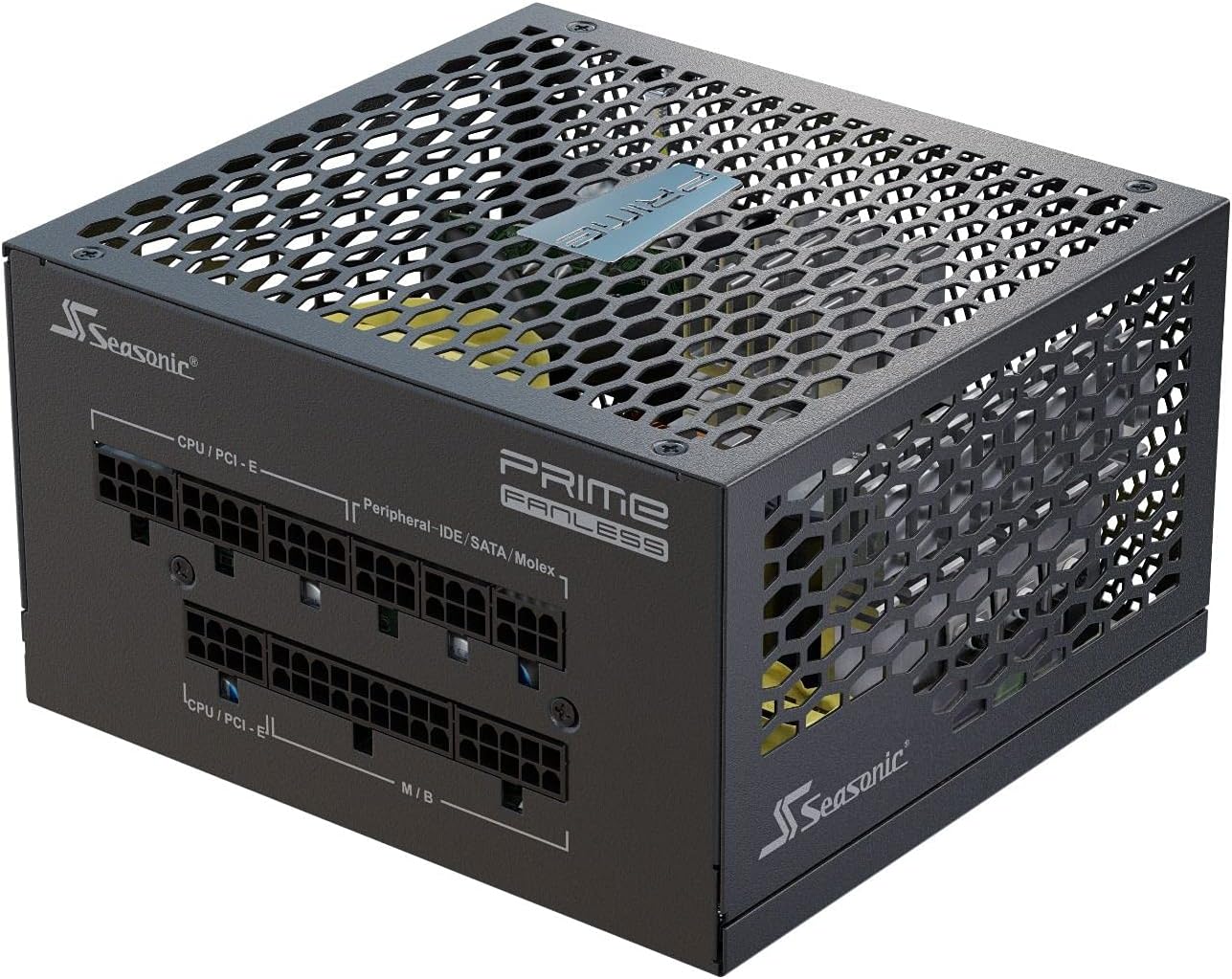
500 to 600 Watts
Enermax MarbleBron 550W ($43)
be quiet! Straight Power 11 550W Platinum ($120)
Unlike the underserved sub-500 Watt range, there is significant demand for 500 to 600 Watt PSUs, and therefore, a wider range of products available. This is a reasonable power range for a typical home entertainment / gaming PC with a single mainstream video card.
Enermax brought a very cost-effective product out this year, the MarbleBron 550W. It is an 80Plus Bronze certified, semi-modular PSU with good overall characteristics and covered by a 5-year warranty. It does not have any advanced features and its performance hardly qualifies as anything better than mediocre, yet the retail price of $43 undoubtedly is alluring, with the MarbleBron 550W offering a good amount of bang for the buck.
For those who wish to have exceptional overall performance and do not mind paying the premium, our recommendation lies with the be quiet! Straight Power 11 550W Platinum. As its name suggests, this unit is 80Plus Platinum certified and offers excellent overall performance, as well as premium quality. Its retail price of $120 is sensible for such a product and will give advanced users the top performance they seek without greatly overpaying for it.
600 to 800 Watts
Super Flower Legion GX Gold PRO 650W ($63)
Seasonic FOCUS PX-750 ($155)
PSUs with an output between 600 and 800 Watts are very popular amongst gamers and overclockers. They provide enough capacity for high-end components like 16 core processors and 350 Watt video cards and offer a lot of headroom for overclocking as well. This power band tends to be popular overall, as the power overhead provides a sense of security.
Our recommendation this fall lies with the Be Super Flower Legion GX Gold PRO 650W PSU. Although it is priced at just $63, the Legion GX Gold PRO 650W is an exceptional 80Plus Gold certified unit with great overall performance. There are a few cheaper options in this power range but the price difference is minuscule compared to what advantages the Super Flower Legion GX Gold PRO 650W has over them. It would be unreasonable to try and save $5-10 to end up purchasing something that is well below its league.
For users seeking even better performance, SeaSonic markets one of their most legendary platforms in this power range, the Focus PX-750. It is an 80Plus Platinum certified unit with world-class electrical performance and reliability, which is covered by a 10-year long warranty. The same unit was our recommendation last year and still offers the best price-to-performance ratio in this category. Its retail price is steep, at $155 today, yet not unreasonably steep for those who are willing to pay the price for a top-quality part.
800 to 950 Watts
Cooler Master MWE Gold 850 V2 ($126)
MSI MPG A850G PCIE5 ($160)
Super Flower Leadex Titanium 850W ($170)
The 800 to 950 Watts power range is typically reserved for users that want to power high-end and more heavily overclocked PCs, and increasingly workstation-focused multi-GPU computers as well. Low-cost alternatives from reputable manufacturers here are becoming scarce - we cannot go very cheap in this power range because we believe that long-term reliability is an absolute must whether we are considering a high-end gaming system or a professional workstation.
When looking for a power supply with an output greater than 800 Watts, one should assume that it is likely going to power a very power-hungry graphics card, or will be doing so in the future. Gamers are likely to seek ATX 3.0 compliant units to ensure compatibility with either currently available or future cards. The problem here is that there are only a handful of ATX 3.0 compliant units currently available, and their prices can be high. However, for those that intend on buying a GTX 4080/4090 or even merely worry that a future video card that they might be purchasing will need an ATX 3.0 PSU to function properly, the best choice currently available is the $160 MSI MPG A850G PCIE5. It is an 80Plus Gold certified 850W PSU with excellent electrical performance and designed to handle the power excursions of a card with a PCIe Gen 5 power connector.
For users who do not care about the new PCIe Gen 5 power connector for any given reason, we would recommend the Super Flower Leadex Titanium 850W instead. It retails for just $170 (after rebate), almost the same price as the MSI MPG A850G PCIE5, yet it is incomparably better. It features magnificent electrical performance, has the highest 80Plus certification (Titanium), and is covered by a ludicrous 10-year warranty. For users who only care about the best possible overall performance and quality and do not plan on getting a 4080/4090, the Super Flower Leadex Titanium 850W clearly is the better choice.
Over 1000 Watts
CORSAIR RM1000e ($180)
be quiet! Dark Power Pro 12 1500W ($450)
Corsair AX1600i 1600W ($609)
If you require a PSU with over 1000 Watts of output, chances are that you have at least a couple of high-end GPUs and/or a seriously powerful dual-CPU system with a lot of devices. These PSUs also find use in advanced servers and cryptocurrency mining systems. That being said, the PSU is going to be powering a rather expensive system, the function of which is frequently very important. We should also point out that currently there are no ATX 3.0 compliant designs capable of delivering more than 1000 Watts. Considering the extremely high power excursion (peak power delivery) ranges recommended by Intel’s design guide, it will be quite a while before we can see any PSU truly capable of handling those.
Considering the high energy consumption and that it will be power expensive equipment, the definition of a "value" PSU within this power band is rather vague. Any such PSU will have to meet at least basic reliability and performance standards. From our point of view, the product that meets the bare minimum standards with an output of 1000 Watts is the Corsair RM1000e. It is an advanced design, with great efficiency and fantastic overall performance, as well as very reliable. The retail price of $180 is not low but it is reasonable considering its quality and intended use.
For users that crave a lot of power, be quiet! comes to the rescue with the Dark Power Pro 12 1500W. It is a top-tier power supply with exceptional quality and performance, as well as one of the few units available with an 80Plus Titanium efficiency certification. It is an exceptional choice for systems with multiple powerful graphics cards. The retail price of $450 is very salty but actually is a small fraction of what multiple top-tier graphics cards would cost today anyway.
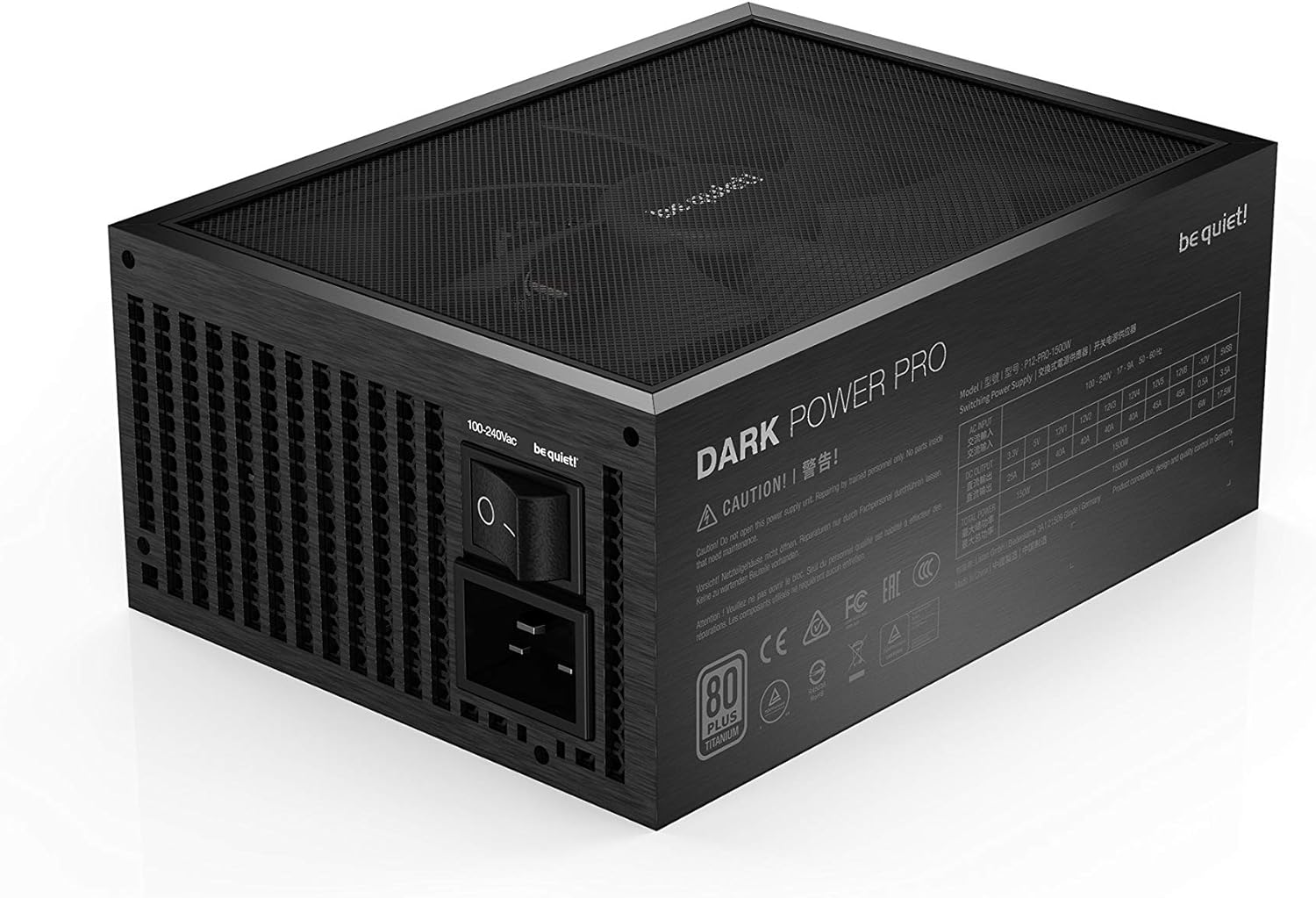
For those craving even more power, if cost absolutely is not an issue, Corsair’s AX1600i still is the performance champion of PC PSUs. However, its retail price has repeatedly floated up since its release in 2018 and it currently retails with a heavy price tag of $609, making it an unreasonable choice for any person who keeps track of roughly how much is in their savings account.
SFX Power Supply Units
SFX units are becoming more and more popular with each passing generation so it is only fair that we should include them in our PSU buyer guide. There are still but a few reputable contenders in the SFX market, yet there is healthy competition, with several advanced units becoming available in recent years,
Up to 450 Watts&
EVGA SuperNOVA 450 GM ($90)
Corsair SF450 Platinum ($125)
This power range should reflect the needs of most users building standard SFX-based entertainment systems. 350-450 Watts are more than enough for an efficient system, even if it has a mainstream range graphics card installed.
Our recommendation for a budget-conscious choice remains the same as last year, and that is the EVGA SuperNOVA 450 GM. The price increased a little since last year and the PSU is retailing for $90 now, yet it is a reasonable choice in this power range, especially considering its good 80Plus Gold certification in a power range where most similarly priced SFX units come with an 80Plus Bronze certification. Efficiency matters a lot in the confined proportions of SFX units, therefore the EVGA 450 GM lands well ahead of its competition.
Corsair made a very strong entrance into the SFX market with the SF series a couple of years ago. They released upgraded revisions of most of their SFX units about a year ago. One of them was the SF450 Platinum, which was upgraded to meet the 80Plus Platinum efficiency standards. Furthermore, it features a modular design and great overall performance. The SF450 is probably one of the best choices for a 450W SFX PSU – which is likely why the PSU is so hard to find in stock – yet we remain mindful of the fact that the $125 retail price is significant for a 450W PSU.
500+ Watts
LIAN LI SP 750 ($130)
SilverStone SX1000 ($293)
SFX units over 450 Watts are usually reserved for those that want to build powerful-yet-compact living room gaming machines with at least one high-end graphics card installed. The more powerful SFX PSUs can handle even the most power-hungry video card these days, making the building of such gaming machines an expensive but possible endeavor.
Although there are no really cheap options when one wants a powerful SFX PSU, Lian Li managed to bring a surprisingly good product out last year. The SP 750 has managed to turn a lot of heads (including our own), delivering an 80Plus Gold certified SFX unit. At times this PSU has been selling for under $100, significantly less than its entire competition. Though more recently we're looking at prices around $130, as the word has gotten out about this PSU. Coupled with the favorable retail price, it is a very well-made unit with good overall performance and is backed by a five-year manufacturer warranty.
SilverStone is a traditional and major player in the SFX market. After all, the company is strongly focused on the design and marketing of SFX cases, so it is only reasonable that they would spend a lot of R&D on SFX PSUs as well. SilverStone offers a lot of SFX units, ranging from very basic products to the monstrous SX1000, an SFX-L PSU capable of pushing out 1000 Watts. Aside from its massive power output, the SX1000 also has an 80Plus Platinum certification and great overall performance figures, making it one of the best and most powerful SFX units in existence. The retail price is hefty, at $293, but we strongly recommend it to users seeking to build mo-holds barred gaming setups.


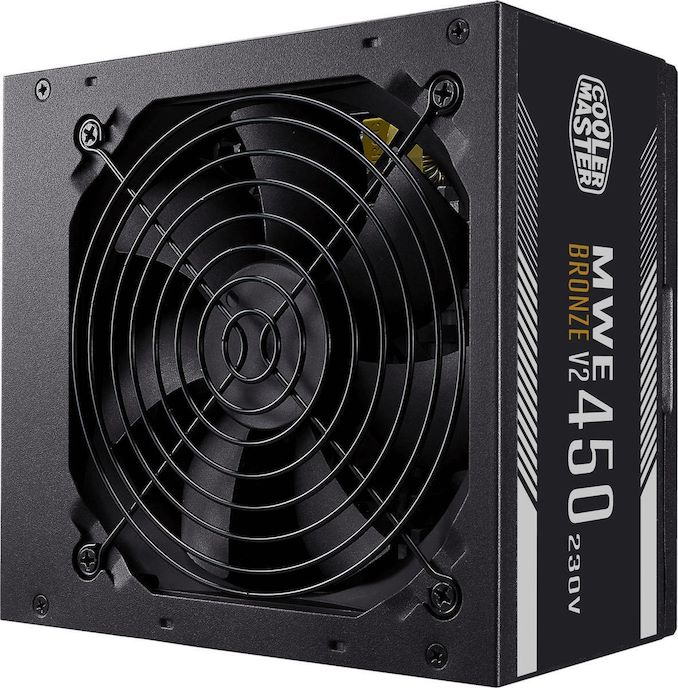
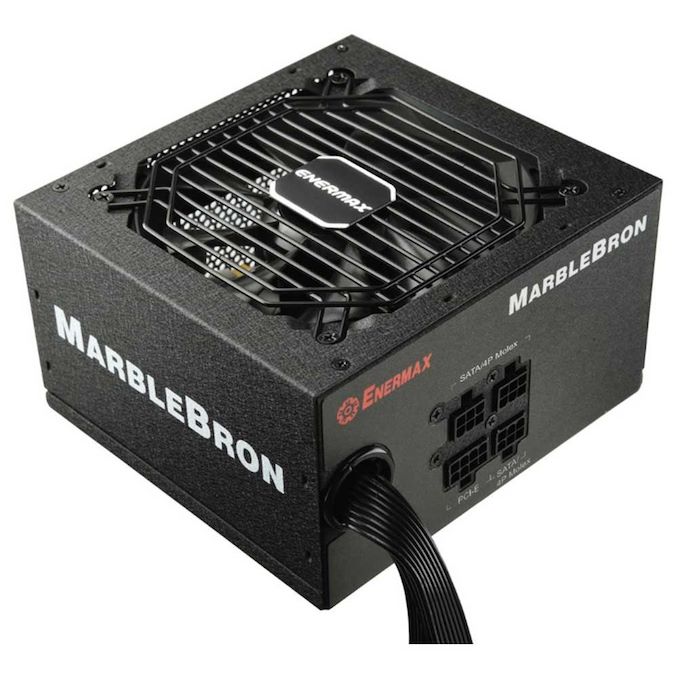
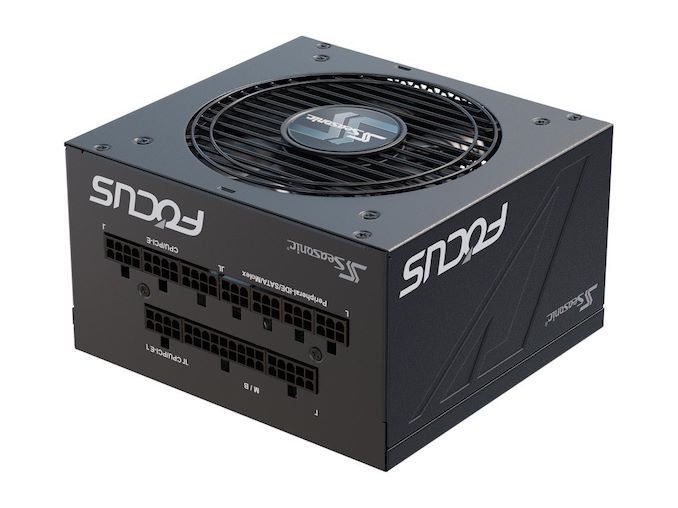
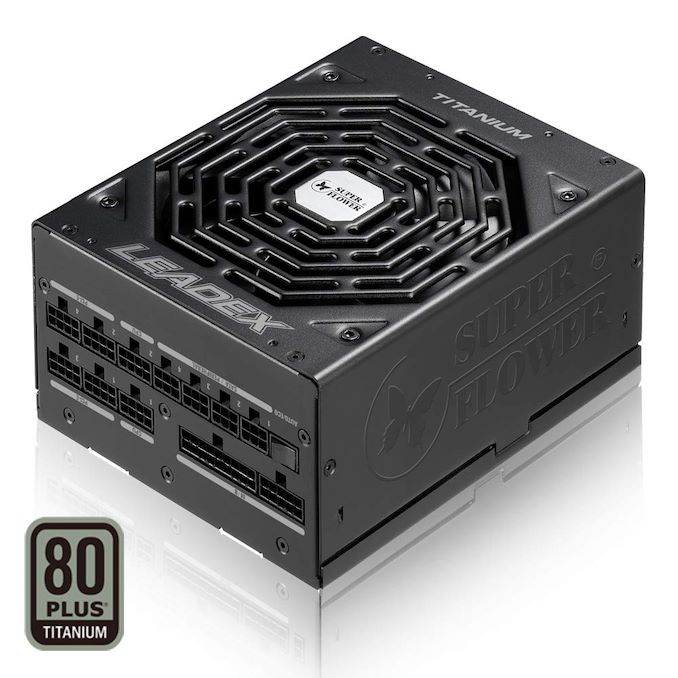
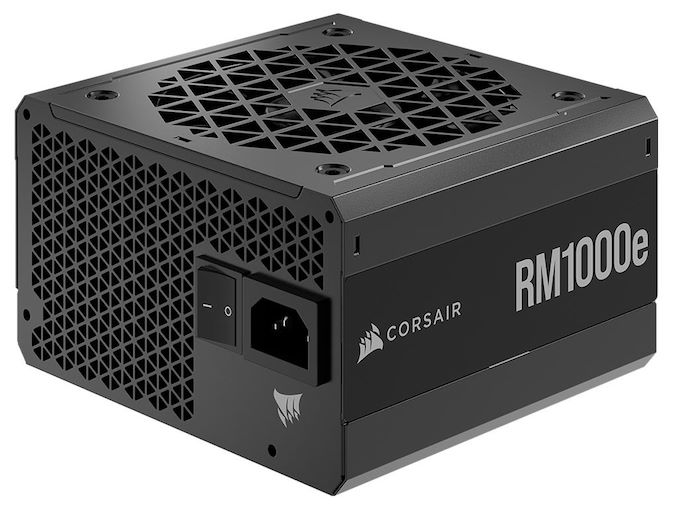
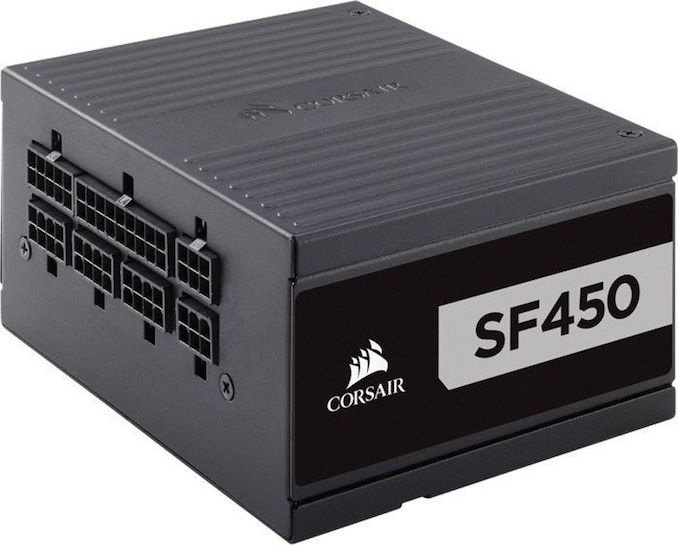
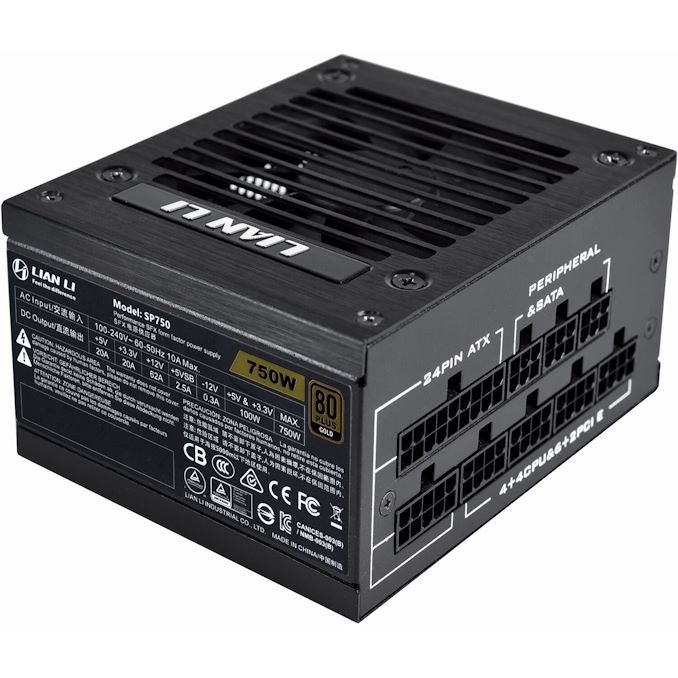








7 Comments
View All Comments
Techie2 - Thursday, December 1, 2022 - link
I'm glad my PSU is more reliable than the "cloud". ;)Ryan Smith - Thursday, December 1, 2022 - link
PSUs are by far among the least killed components at AnandTech. Storage (SSDs/HDDs) is number one, followed by video cards or CPUs depending on who has more gremlins at the timeThreska - Thursday, December 1, 2022 - link
Computer cases are the least. Only shipping companies can kill them.Slash3 - Saturday, December 3, 2022 - link
The trick is to keep a second copy on another offsite Zip Disk. ;)Thud2 - Monday, December 5, 2022 - link
"CLICK"ballsystemlord - Thursday, December 1, 2022 - link
(Repost due to site outage.)I'm surprised that a Superflow PSU did not make it into the +1000W category. I own one and it's rock solid.
Oxford Guy - Friday, January 6, 2023 - link
I'd rank them by how much power they can produce per decibel.